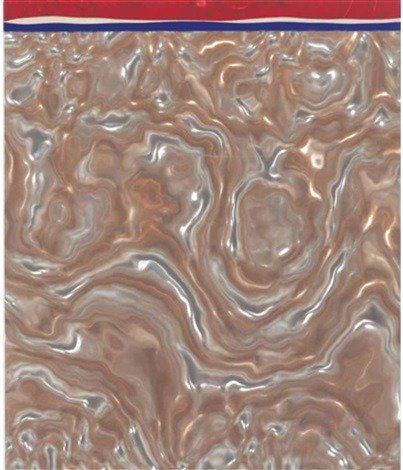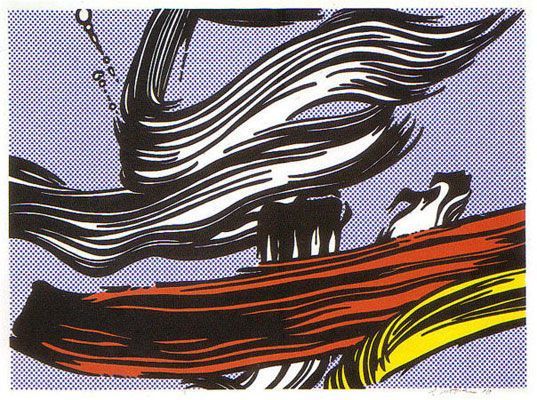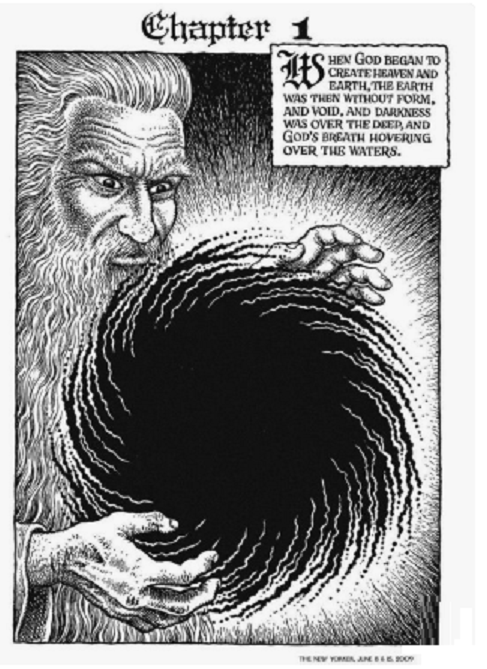Whoa boy, Roy Lichtenstein
Sunday, June 30th, 2019[ by Charles Cameron — from comix-pop to painting paint to a swirling portrait of complexity, aka tohu=bohu ]
.
Whoa boy, I had no idea Roy Lichtenstein ever painted anything like this:
**
I knew, of course, that he’d painted blown-up mersions of comic frames:
Whaam! 1963 Roy Lichtenstein 1923-1997 Purchased 1966
But that’s too easily “cool” to impress me much. Far more interesting is his painting of painting:
He’s still doing a blow-up, in this case even more extreme than in his comic-book blow up Whaam, above — but this time it’s self-conscious, a painter taking paint for his subject, a serpent biting its own tail you might say, an exemplary ouroboros.
**
And in the course of my quick search for Lichtenstein images, I also found this, which interests me as, potentially, an image of multiple musical voices intersecting and separating — a strange, wave-like form of polyphony:
Composition II 1996 Roy Lichtenstein 1923-1997 ARTIST ROOMS Tate and National Galleries of Scotland. Lent by The Roy Lichtenstein Foundation Collection 2015
This in turn reminds me of the “wavy music” in Reynolds Stone‘s bookplate for my aunt Esther:
**
But to return to that first image:
That’s an astonishing image of tohu-bohu, the “formless and void” just before creation as envisaged in Genesis. And here’s my point:
This image is both patterned (with formal properties) and abstract (formless), as befits that great mirror in which all forms arise and fade away, and thus a superb image for complexity, which is both patterned like overlapping waves, and swirling beyond our comprehension..
**
Here’s R Cromb‘s version of tohu-bohu:
And that of the Nuremberg Chronicle, 1493:
**
Ah, for a breath of theology hovering above the waters, see Catherine Keller & a theology of chaos, Part 1 and, no doubt, Catherine Keller, The Face of the Deep: A Theology of Becoming.











